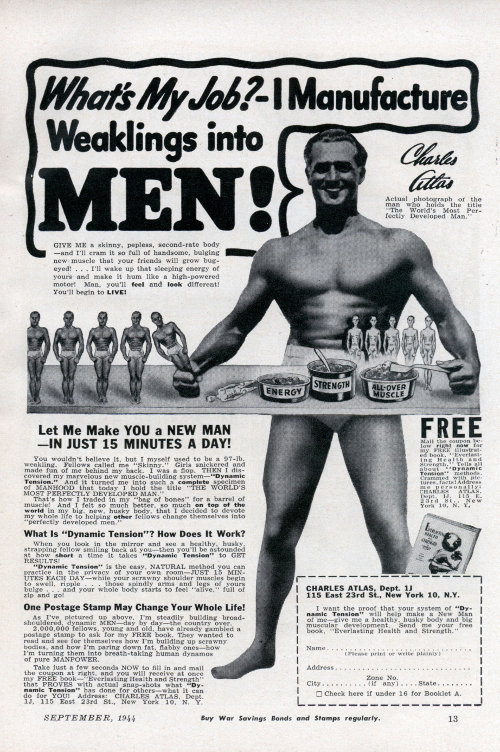Seems Ravi had three of them. This one was the one used on A Love Supreme.
Today, the museum kicked off its 13th annual Jazz Appreciation Month by celebrating A Love Supreme’s 50th anniversary. And in honor of the occasion, Ravi Coltrane, himself an accomplished contemporary jazz musician, donated one of his father’s three principal saxophones—a Mark VI tenor crafted by Henri Selmer Paris, a manufacturer of high-quality brass and woodwind instruments. The saxophone was made in 1965, the same year in which the recording of A Love Supreme was issued. “Every time I open the case to look at the saxophone,” said John Edward Hasse, curator of American music, who presided over its donation ceremony, “I get goosebumps. John…Coltrane’s….saxophone.”
